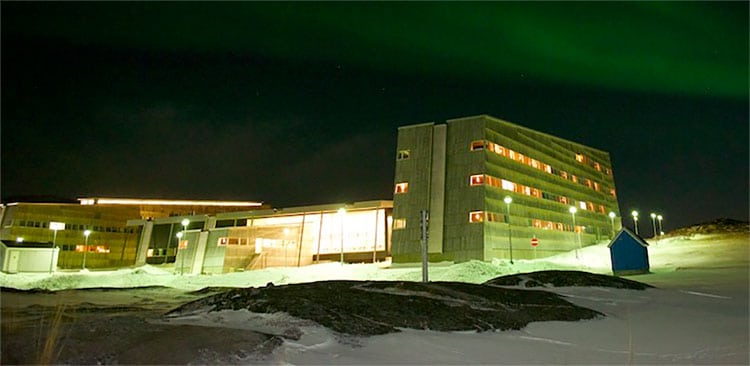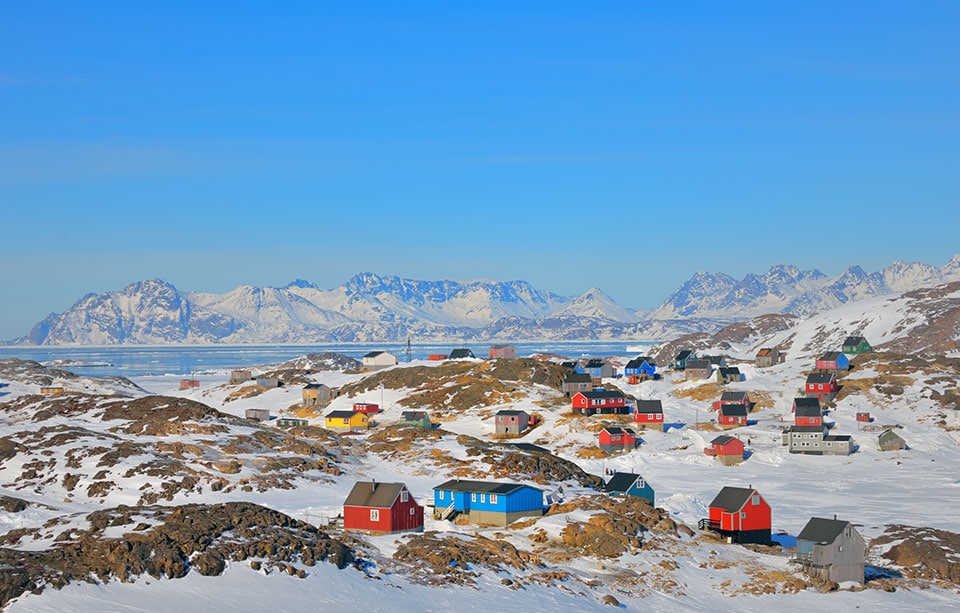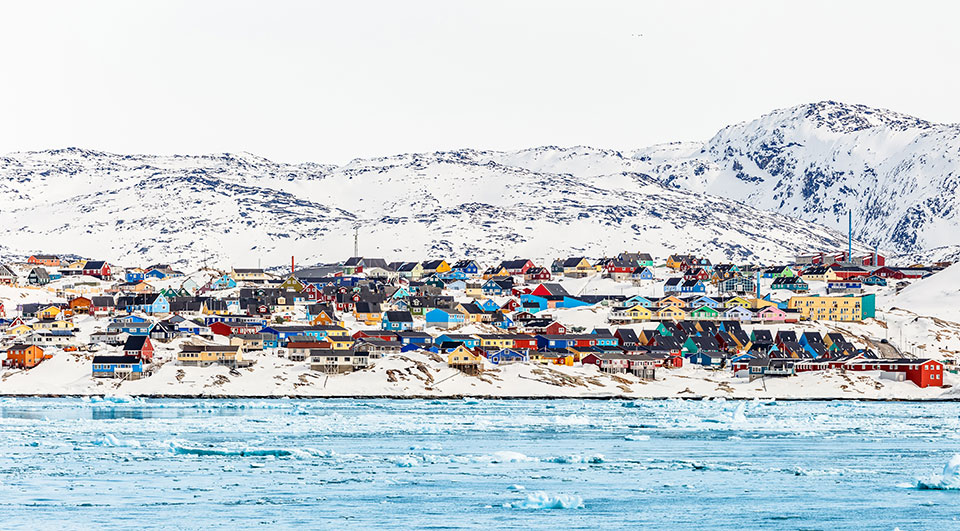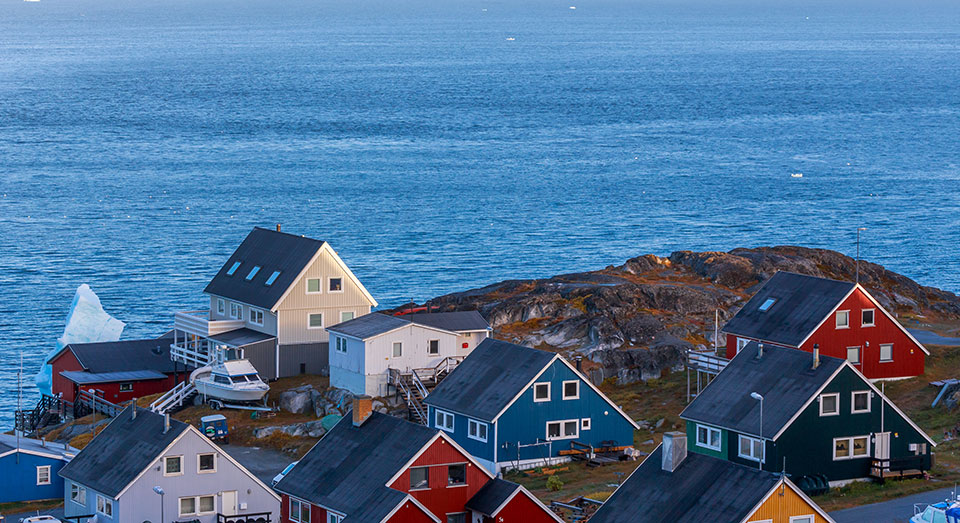5 Things to Consider before Moving to Greenland For Higher Education
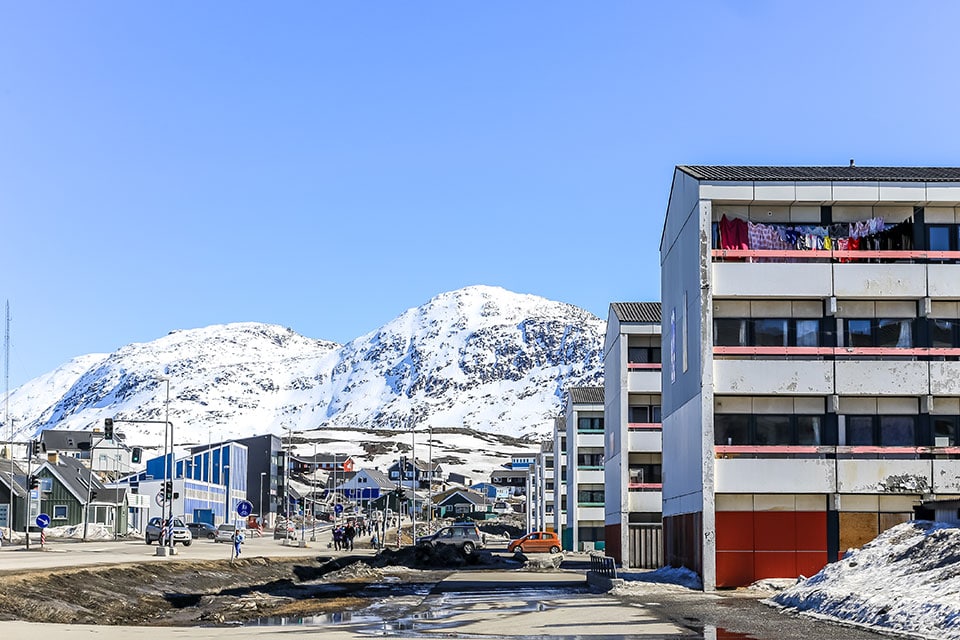
Situated between the Atlantic Ocean and the Arctic Ocean, Greenland is the biggest island in the entire world. With most of its inhabitants crowded in the southwest region of the country, much of the island remains sparsely populated. Deciding to study here may be an interesting proposition but not easy to execute because Greenland is not a mainstream destination for higher education. In fact, considering its topography, climatic conditions, infrastructural limitations among many other aspects, Greenland may not be the first option to pursue higher education abroad but that should not be construed that it has no potential. It does, however, there are so many things you must keep in mind if at all you choose to come here.
Of many things you must take note, I have listed 5 of them which you should know.
- There is only one university
Greenland has only one university, the University of Greenland, which is located in the capital city of Nuuk. The mode of instruction here is largely in Danish, but there may be a few lectures delivered in English.Presently, the university has 4 institutes, namely the Institute of Learning; Institute of Social Science, Economics and Journalism; Institute of Nursing and Health Science; and Institute of Culture, Language and History. Over here, three levels of degree programs are offered: Bachelor, Masters and Doctoral. No Masters degree is, however, offered in the field of Theology.
- The Only Way To Reach Here is Flight
Yes, you need to keep in mind that Greenland is not very well-connected with the outside world. The only way to reach the country is by air.The only flights operating to and fro Greenland are that of AirGreenland. However, if you travel here via Iceland, then you can fly on Icelandic Airlines, which only operate on this route during summer. Also, note that the operation of flights is not regular and is usually affected by weather conditions. It is highly advisable that you travel to Greenland only in summers.
- Stack all your winter clothes
The weather here can be really harsh, and you can never anticipate when and how the weather will change. While packing for Greenland, make sure you have stacked all your fleeces, gloves, boot covers, and thermal underwear.You have to especially take care of your feet because the terrain here is very rocky and rugged as a result of which you need to keep your feet in good condition. Sturdy and authentic shoes should be purchased for your stay here. And, before I forget, do not miss out on your sunglasses because the strong arctic sun reflecting from the snow and water can have a blinding effect.
- Finding Accommodation
You might think that finding accommodation could be a problem, but actually it won’t be. Greenland has developed many accommodation facilities in the southwest region, which, as I stated before, is the most concentrated region here.You can find a number of hostels, dorms, and apartments to stay. For example, there is Inuk Hostels, which is a hostel 13 minutes away from the University of Greenland. The cheapest options available here are dorms. If you decide to stay in a well-developed area, then your monthly rent could be around kr1017 for an 85 m2 furnished accommodation facility.
- How much to spend on food?
Like every other country, food costs may vary depending on your lifestyle choices. The average cost of food in Greenland is usually around kr400 per day, which should be equivalent to $58. The price of food will be determined also on when and where you choose to eat. For example, breakfast is cheaper than lunch or dinner, and restaurants can be more expensive than street kiosks.If you would like to add alcohol to this estimate, then you might end spending kr 171 per day extra. You need to keep in mind one thing: the economy of Greenland is not as robust as Denmark, and the average prices of food here are generally higher than the world’s average. For example, a load of white bread (0.5 kg) would cost you around $3 here whereas the world’s average is $1.5.
Here’s what you’ve missed?
World’s Best Cities For Expats To Live.
World’s Best Cities For Remote Working Jobs.
Cities With The Largest Number Of Skyscrapers.
World’s Best Countries To Retire.
Bring the best of the CEOWORLD magazine's global journalism to audiences in the United States and around the world. - Add CEOWORLD magazine to your Google News feed.
Follow CEOWORLD magazine headlines on: Google News, LinkedIn, Twitter, and Facebook.
Copyright 2025 The CEOWORLD magazine. All rights reserved. This material (and any extract from it) must not be copied, redistributed or placed on any website, without CEOWORLD magazine' prior written consent. For media queries, please contact: info@ceoworld.biz



